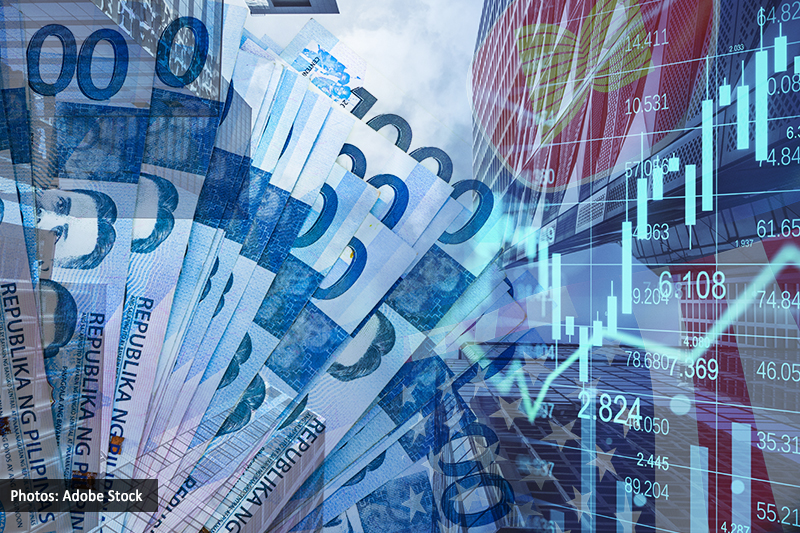The Philippines’ economic growth will maintain its progress this year only if effective policy responses are being implemented, researchers from the Philippine Institute for Development Studies (PIDS) said.
In a study titled “Macroeconomic Outlook of the Philippines in 2023–2024: Prospects and Perils”, PIDS researchers Margarita Debuque-Gonzales, Mark Gerald Ruiz, and Ramona Maria Miral projected the economy to hit 5.5 percent to 6.0 percent.
The PIDS projections, however, are slower than the government’s target range of 6.5 percent to 7.5 percent. It also expects 2023 growth at 5.2 percent, slower than the 6.0 percent to 7.0 target range.
“Effective policy responses to these risks and continued implementation of sound economic policies will be key to ensuring sustainable growth and development in the Philippines in 2024,” they said.
The researchers noted their previous policy recommendations, which include controlling inflation without harming growth, managing exchange rate volatility while maintaining flexibility, rebuilding fiscal space, and investing in infrastructure and human capital.
In addition, the Maharlika Investment Fund should be managed effectively by a credible board and professional management team to ensure good governance, the researchers emphasized,
“While it holds potential for boosting economic growth and development, its success hinges on strong governance and clear objectives,” they said.
PIDS also said that domestic consumption is expected to drive economic growth this year, backed by a steady flow of remittances from overseas Filipinos, rising wages, and improvement in the job market.
“This robust domestic demand is projected to act as a buffer against the impact of a weaker global outlook,” they further said.
Household spending, or the amount of final consumption expenditure made by resident households to meet their everyday needs, declined to 5 percent in the third quarter of last year from 8 percent in the same quarter of 2022.
Meanwhile, the country’s employment rate in November 2023 increased to 96.4 percent, up from 95.8 percent in November 2022 and 95.8 percent in October 2023. It was also the highest since April 2005.
On inflation, the researchers expected it to hit the central bank’s target range of 3.0 percent this year on the back of easing pressure on commodities and base effects.
Last year, inflation averaged six percent, which is higher than the 5.8 percent in 2022.












